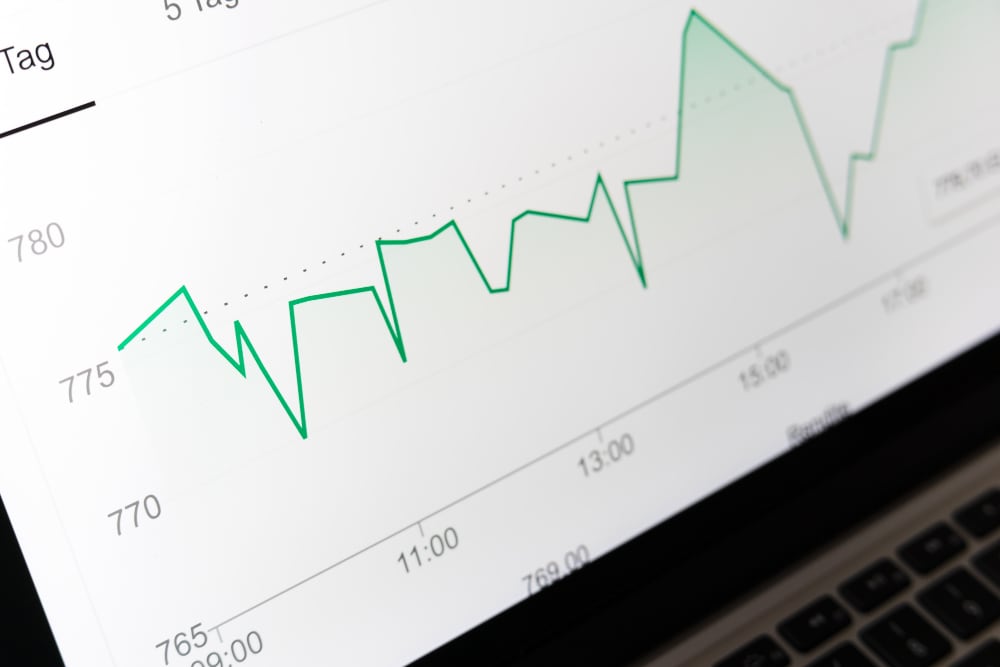KPIs: Lagging vs Leading Indicators
The sales process takes a village. Nurturing relationships with prospective clients require multiple, well-coordinated touch points, and strategic engagements that pass several hands. With this, there will be a multitude of targets from several people before a sale is closed. How does one tell how effective their sales activities and engagement are?
What are Key Performance Indicators?
Key Performance Indicators or KPIs are metrics used by organizations to determine if their business goals succeed during a set period. With every company having their version of success, they will also have unique targets that can accurately determine if they are doing well or need to improve in the ways that matter to them.
Leadership and sales teams use Sales KPI to track the effectiveness of their sales activities within a company. While there be a myriad of ways to manage sales performance, there are two major categories that all metrics fall under – lagging indicators and leading indicators.
Lagging versus Leading Indicators
Lagging Indicators are performance metrics that rely on historical data. Some metrics under lagging indicators are monthly, quarterly, or annual sales data, deal closing rates, and withdrawals. They are the best starting points for measuring the effectiveness of old sales activities versus older, established practices. These indicators are most important for long-term, strategic changes.
While Leading Indicators utilize forecasting and using mostly real-time metrics such as sales pipeline status, and customer lifecycle value. They also include the data on prospecting new clients such as contact tracing, presentations, and proposals. These are the data that sales teams on the ground need on a daily and weekly basis. These indicators are most relevant for sales teams to make tactical changes quickly.
The Importance of Both Indicators
When both types of Sales KPIs are inaccurate, it can lead to tension. Management can be giving unreasonable targets that are not backed up by historical data. Sales leads will not be able to defend the number of resources necessary for their sales targets to be feasible. Both lagging and leading indicators are necessary to a holistic view of a businesses’ sales goals. They are two sides of the same coin that give both management and sales leaders clarity on how to proceed.
After properly defining sales metrics, the next challenge for companies is to make sure they are being tracked, managed, and refined. When data is improperly segmented, not updated regularly, or lost, it causes a lot of issues with reporting. One way to improve the Sales KPI tracking experience is to outsource the data entry process. By outsourcing the time-consuming administrative work to dedicated providers like Hey DAN.
Hey DAN offers a range of solutions to make sure your sales data will be accurate, updated, and transparent. From cleaning outdated, duplicate or incomplete data, organizing unstructured data to creating target lists, and identifying target gaps, their data specialists will work with your company’s unique sales tracking needs to create the ideal customized workflow.


